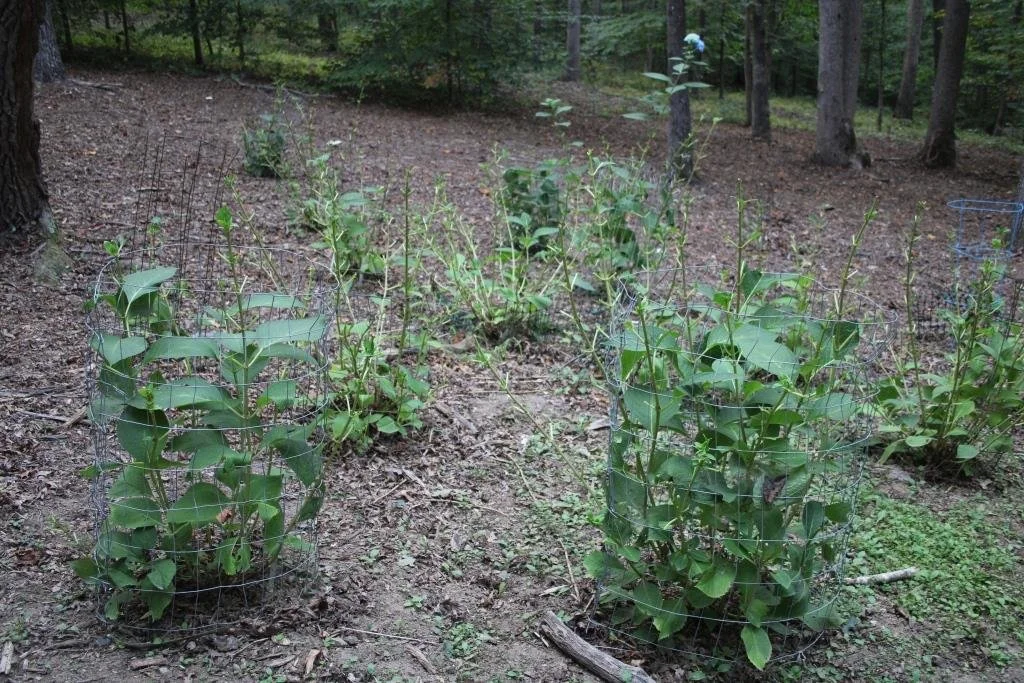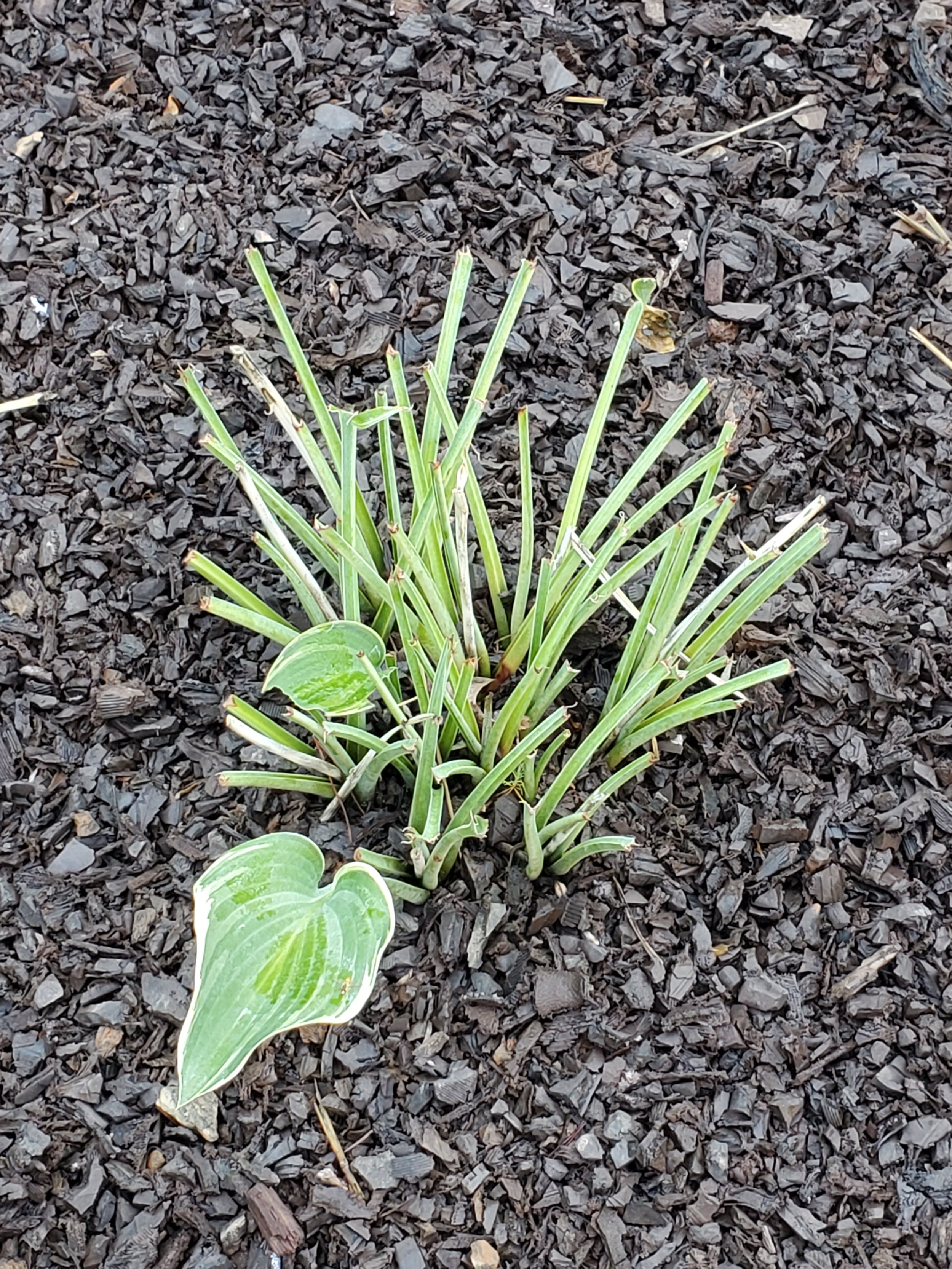Last Thursday, I counted more than forty blooms on my hydrangeas. By Saturday, all the flowers were missing as well as most of the leaves. These were shrubs that I had propagated four years ago from cuttings – my babies. They were protected, or so I thought, by an assortment of wire cages fashioned from leftover sections of assorted farm fencing. Everything outside the wire barriers was gone, decimated by hungry deer. The loss made me wonder why I stubbornly persist in growing deer candy: hydrangeas, hostas, daylilies.
Deer populations are becoming concentrated as native habitats are being cleared for new housing construction. I am happy for them to live in my woodlands and eat all my acorns, but I really, really want them to leave my cultivated garden areas alone. There are many recommended deer deterrents to be found across the internet. I have tried Irish Spring soap, human hair, and motion-activated sprinklers. None of these have succeeded in my garden. My growing areas are too large and too far apart to make fencing (electrified or traditional) practical. Applications of Milorganite® and stinky products like LiquidFence® are effective, but they must be reapplied after every rain.
The use of plants with strong scents can be as effective as chemical repellants. Lavender, society garlic (Tulbaghia), blue star flower (Ipheion), rosemary, catmint, marigolds, lemon balm (Melissa officinalis), yew (Cephalotaxus) and boxwood (Buxus) can be incorporated into mixed beds. Deer also avoid butterfly bush (Buddleia), beauty berry (Callicarpa), lamb’s ears, hellebores, salvias, and bearded iris.
Deer are creatures of habit. Once they have an established travel pattern, they tend to walk the same paths daily. If this path coincides with cultivated garden beds, those beds will be browsed regularly. Anything to disrupt the regular route will steer them away from the garden. This can be a physical deterrent like fencing or something a little more mundane. If you do not use the clumping form of kitty litter, empty your cat’s litterbox along the track, and encourage your dogs to defecate in the vicinity.
Despite deterrents, repellants, and specific plant choices, remember that a starving deer will eat anything, including the plants listed above. And tastes vary. What some groups of deer will avoid, other herds will gobble up. It’s enough to turn a vegetarian gardener into a venison-lover.





